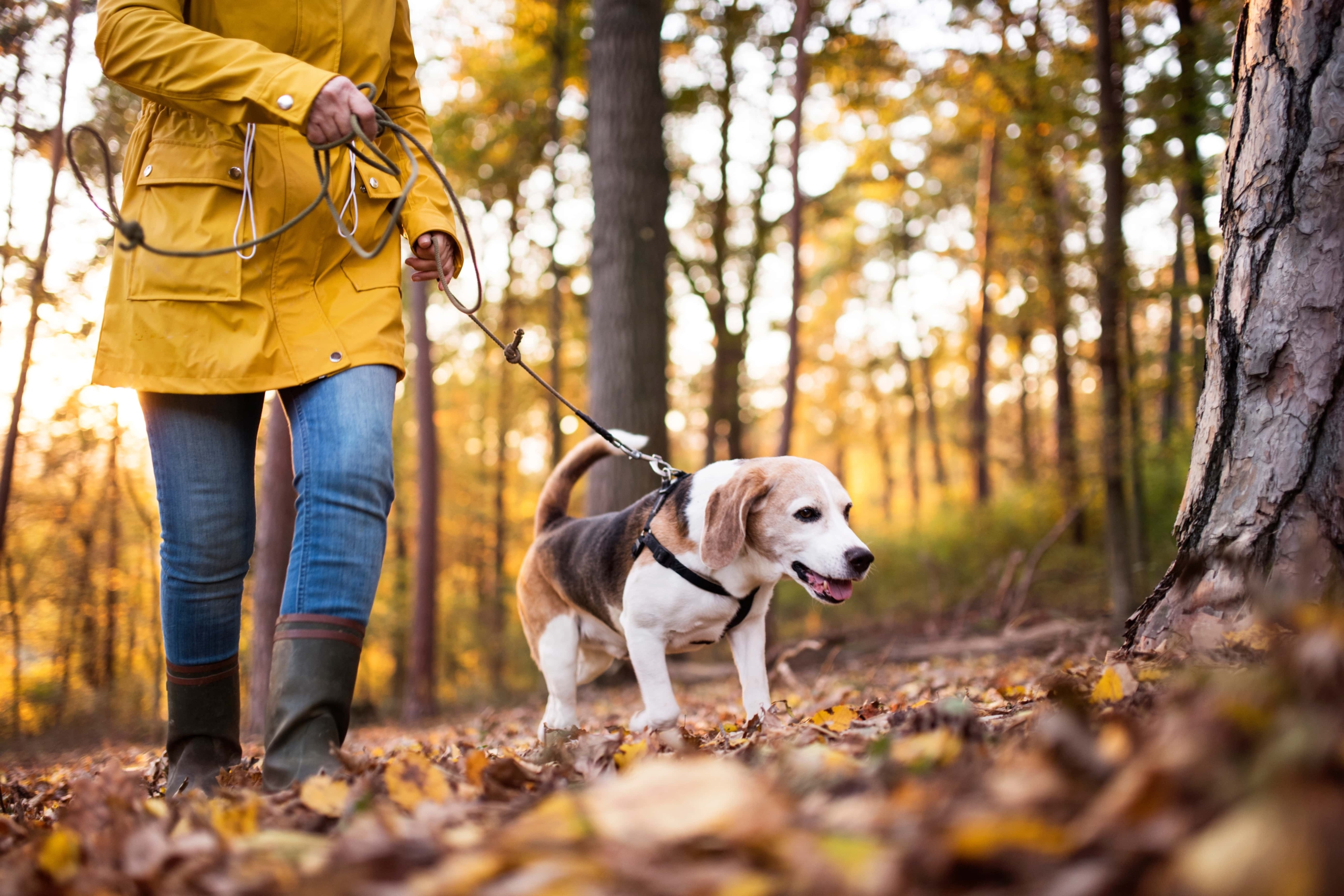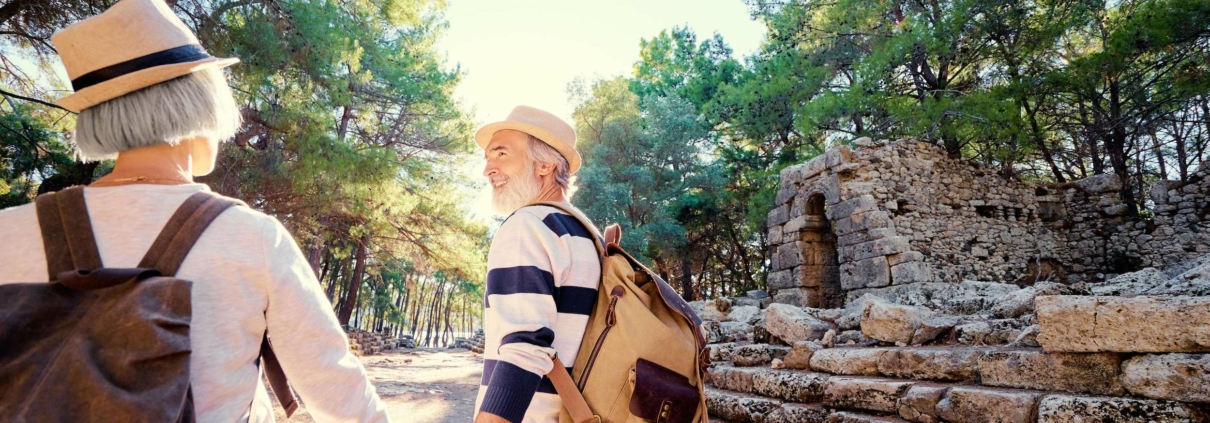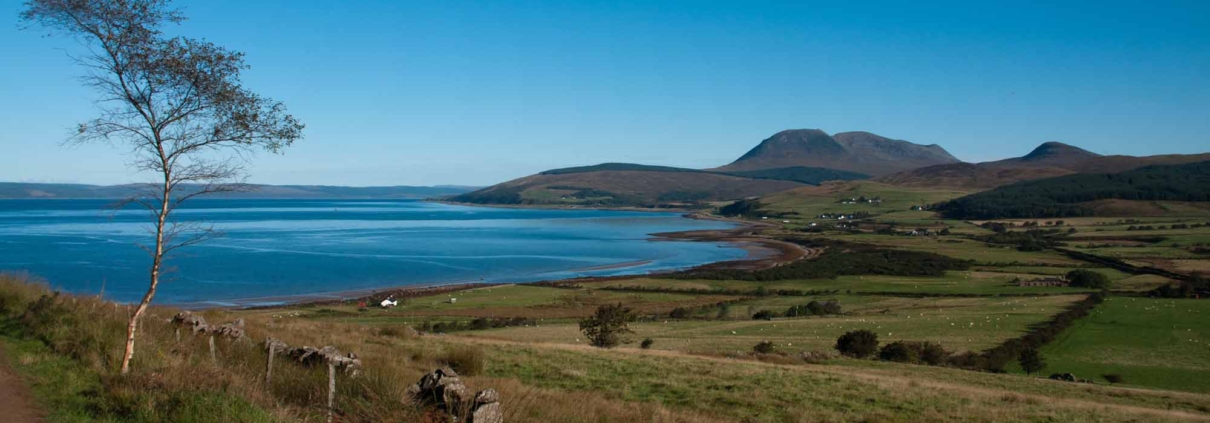Two of the seven Laird residential parks are located in Ayrshire, in the west of Scotland. Bluebell Heights and the Cunninghamhead Estate are both packed with luxury park homes and sited a mere 3 miles from the coastal town of Irvine, near Kilmarnock, taking advantage of gulf stream weather in this beautiful part of this beautiful country. Each of the two parks has its own particular charms for residents, but in this edition of our blog we’re going to focus on those things outside of the parks which increase their appeal: Visitor attractions, places of interest and places of activity. Things to do in Ayrshire!
Gentle Pursuits
1. Golf:
There are several terrific golf courses in the Irvine area – which is handy for those park residents who’d like to indulge in this pastime to gain exercise and some of their social interaction. One in particular stands out. The Irvine Golf Club is long established (having been founded in 1887) and the course itself is, therefore, exceptional, with a traditional links challenge which owes some of its character to one of Scotland’s most celebrated course designers, James Braid. In the recent past Irvine Golf Club has hosted the British Seniors’ Open, the Ladies Home Internationals and the Scottish Youths Championship, amongst other tournaments. The facilities are excellent, and the well-appointed clubhouse has a bar with catering service running all day and into the evening in summer (dusk in spring and autumn). Other good golf clubs in the Irvine area include Dundonald Links, the Western Gailes Golf Club and Irvine Ravenspark Golf Club.
2. Fishing:
For those residents who like to bait up, cast a line and relax there is some good angling around Irvine. In the nearby village of Dreghorn, members of the century-old Dreghorn Angling Club have been able to fish for salmon and trout on the River Irvine and in Annick water. Membership allows participants to fish at a reasonable annual cost, with a decent yield in really pleasurable surroundings. Other angling clubs you can find in advance online include Newmilns & Greenholm and the Irvine & District Angling Club.
3. Kilmarnock Itself:
A short distance from the parks is Kilmarnock itself, which is worth a visit. It’s the 14th most populated town in Scotland and the largest in Ayrshire, with a population of almost 50,000 – and all of the attendant facilities you would expect in a place of this size. There is also plenty of interesting history and culture to indulge in.
4. Dick Institute:
This Institute houses the largest museum and gallery spaces in Ayrshire, and contains nationally important exhibitions, permanent displays of diverse collections and innovative work by contemporary artists and film-makers, plus natural history sciences and archaeology.
There are often high calibre exhibitions (in the past, artists and works as prestigious as Gerhard Richter, Quentin Blake and Aardman Animations’ Wallace and Gromit), which are often curated in partnership with the V&A, National Galleries Scotland or the TATE Modern. A recent refurbishment for the Dick Institute, and the addition of a brand new café, has given this beautiful building a new lease of life – something you are sure to feel yourself if you regularly visit such an energizingly cultural space.
5. Dean Castle:
The banqueting hall of Dean Castle displays many captivating historical artefacts including a Kilmarnock Edition of Robert Burns poetry and several works of art. There are also collections of arms and armour on display in the Great Hall of the keep, and many interesting musical instruments on display in the Solar. A bust of William Wallace is displayed on the ground floor of the palace. It’s possible to tour this 14th-century castle, and explore the country park surrounding it plus the Rural Life Centre and Visitor Centre, for free.
6. William Wallace Monument:
South of Kilmarnock, in an area called Underhills, is the William Wallace monument (also known as the Wallace tower or the Barnweil monument). This category A listed building is a truly historic spot for travellers, as it was built to commemorate Wallace at the time of an upsurge in the Scottish desire for self-determination – so it actually predates the more well-known monument built at Stirling.
7. Burns Monument and Centre:
The legendary Scottish writer Robert Burns has many links to Kilmarnock. The first printed versions of his work were made here in 1786, with only 612 editions. These are known as Kilmarnock Editions (and one of them can be seen at Dean Castle, as we mentioned earlier). The building of this monument to the writer (which has been described as having design elements of Scots Baronial, neo-Gothic, Italianate, Baroque and Romanesque) began in 1878, and was opened a year later as a focal point in Kay Park.
Adjacent is the Burns Centre, where local and family history collections (such as newspapers, maps, historic photographs, books and many other resources) are stored for public use in research. The Centre also holds major collections of printed material on Robert Burns.
8. Down at the Beach
When you visit Irvine – which, to remind you, is a mere few miles from both Bluebell Heights and the Cunninghamhead Estate – you’re sure to want to spend some time down at the beach. This is a particularly beautiful stretch of coast, set in sand dunes and grass with magnificent views of the isle of Arran and Ailsa Craig (a magmatic 240-acre island in the outer Firth of Clyde). Ailsa Craig is often quarried for microgranite has long been quarried to make curling stones, and is now-uninhabited – except by birds, offering quite a sanctuary for huge numbers of gannets and puffins. It (and they) are clearly visible wherever you are.
A trip to Arran would be a great way to spend some relaxing time. Taking a ferry from Ardrossan, just along the coast from Irvine, is the usual method and is therefore reasonably priced. The trip takes around two and a half hours. Arran itself has much to offer.
Machrie Moor contains a rich series of standing stones, burial cairns and cists, making Arran a truly impressive site for those antiquarians who make the trip over, though there are other archaeological sites on the island, too. The Heritage Museum allows visitors to explore original buildings from the island’s isolated history, and encounter interesting everyday objects from 19th-century life.
Brodick Castle, Garden & Country Park is a wonderful Highland estate, offering fantastic views over Brodick Bay to the Firth of Clyde, and a baronial-style castle crammed with treasures including period furniture, silverware, porcelain, paintings and even some sporting trophies. When your day in Arran is coming to a close, a tour of the award-winning Lochranza Distillery in the north – and so some whiskey tasting – is worthy of your time. The distillery’s Visitor Centre is open all week round (with the café open five days a week).
There are many more places of interest and fun activities near Bluebell Heights and the Cunninghamhead Estate that we could have chosen for this edition of our blog but – honestly – we’d prefer it if you explored and found them for yourself. It’s such a wonderful part of Scotland and living at either of our parks there is a wonderful way of life!






